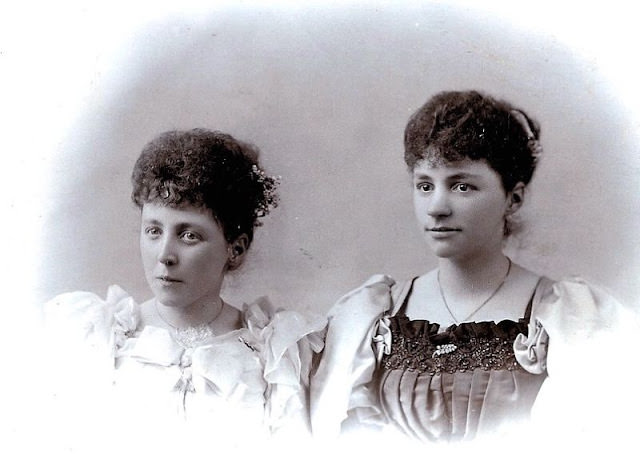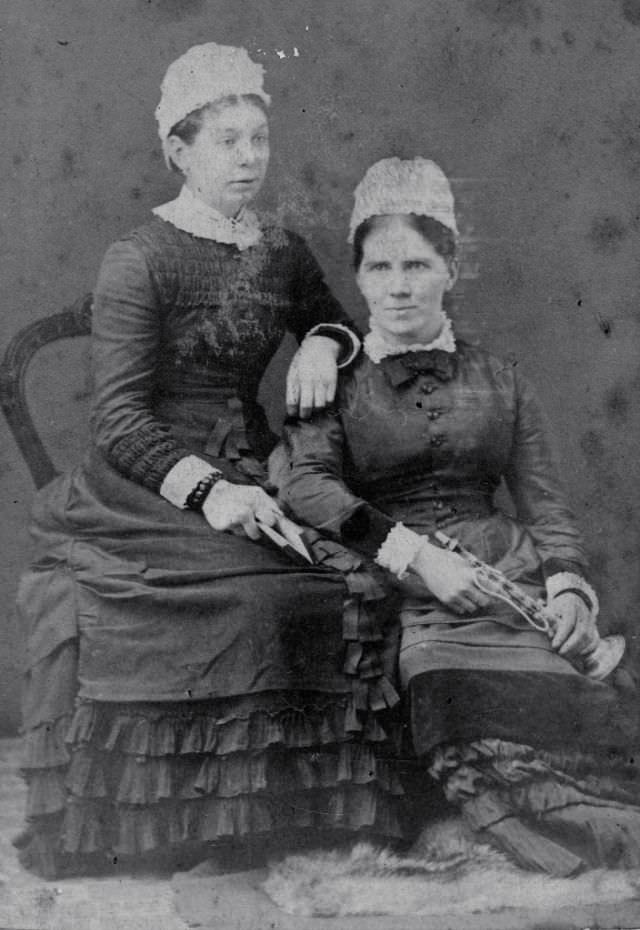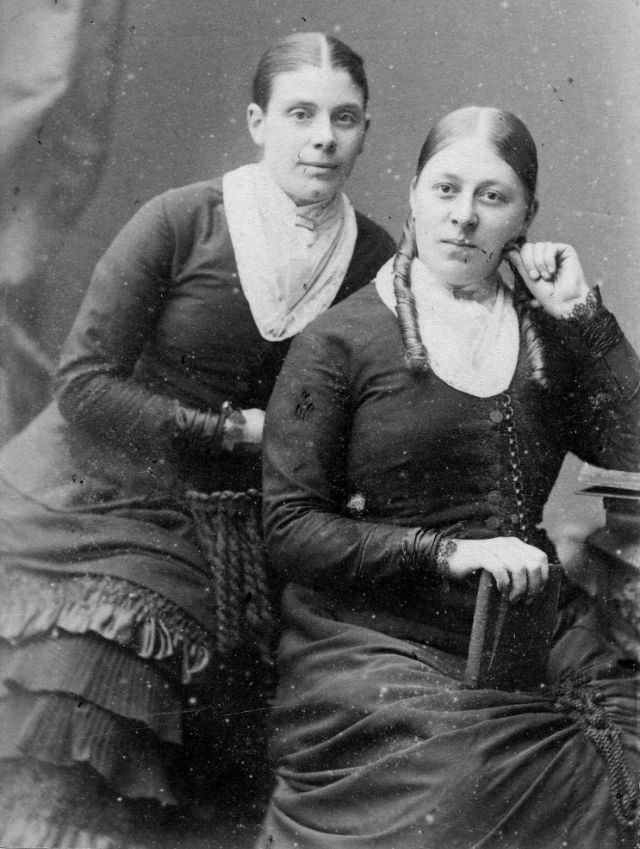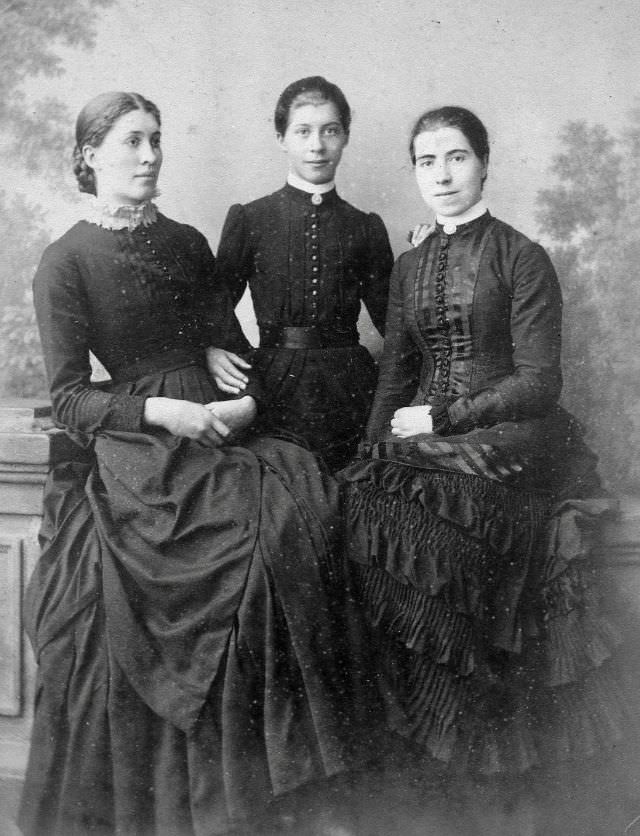Photographers of the late 19th century mastered the art of portraying the Victorian ideals of beauty, femininity, and familial bonds through their work. Utilizing the latest techniques in lighting, pose, and composition, they highlighted the elegance and closeness of sisters. The photographs often featured elaborate dresses, intricate hairstyles, and props that reflected the subjects’ interests and social status, encapsulating the fashion and cultural norms of the era.
The Art of Victorian Photography
Victorian sister portraits were rich in symbolism and sentimentality, elements that were highly prized in the era’s visual culture. Photographers arranged sisters in poses that suggested their roles within the family and society, with older siblings often depicted in protective or guiding stances towards their younger counterparts. Accessories and background elements, such as flowers or books, added layers of meaning, hinting at the sisters’ virtues, interests, or aspirations.
The following Victorian sisters portraits from the late 19th century are rich in symbolism and sentimentality. Photographers arranged sisters in poses that suggested their roles within the family and society, with older siblings often depicted in protective or guiding stances towards their younger counterparts. Accessories and background elements, such as flowers or books, added layers of meaning, hinting at the sisters’ virtues, interests, or aspirations.
The Technical Process
Creating a portrait in the late 19th century was no small feat. The process required patience and precision from both the photographer and subjects. Early photographic methods, such as daguerreotypes, ambrotypes, and tintypes, demanded long exposure times, compelling sisters to remain still for several minutes to ensure a clear image. The advent of dry plate technology towards the end of the century somewhat eased this process, allowing for shorter exposures and more spontaneous expressions.
































